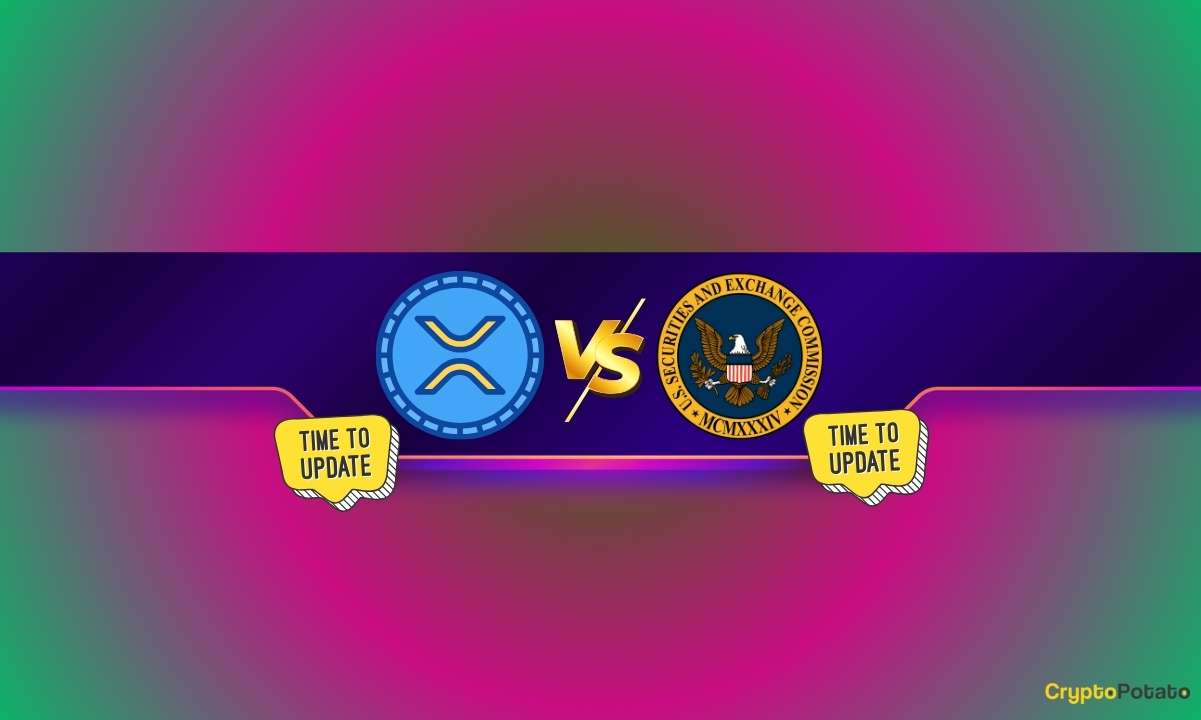Ripple v. SEC Lawsuit Update Feb. 27 (and More)
TL;DR
- Ripple is sued in a class action for allegedly selling its XRP token without required legal registrations, with a trial set for October 2024.
- The firm is also fighting the SEC in court over claims it conducted an unregistered $1.3 billion securities offering.
Fighting on a Second Front
According to a recent notice, Ripple has been involved in a pending class action in the Northern District of California. The lawsuit alleges the company, its subsidiary XRP II LLC, and CEO Brad Garlinghouse of offering and selling amounts of its native token without necessary registration with the relevant authorities, thus violating federal and state securities laws.
The court has allowed the case to be a class action on behalf of two categories: the Federal Securities Claims Class and the California State Securities Claims Class. The former focuses on all individuals and entities who purchased XRP from July 3, 2017, through June 30, 2023, and retained their stash and/or sold it at a loss.
The California State Securities Claims Class touches upon those who bought XRP directly from the defendants or anyone selling it on their behalf.
“Excluded from the Classes are corporate officers, members of the boards of directors, and senior executives of defendants; members of their immediate families and their legal representatives, heirs, successors or assigns; and any entity in which defendants have or had a controlling interest,” the notice reads.
The court explained that the affected people and entities have two choices: to stay in the lawsuit and keep the possibility of getting money following a potential settlement or get out with no benefits. However, the second option allows them to sue Ripple separately. The deadline to request exclusion is April 5, 2024.
A trial is scheduled for October 2024, where the plaintiffs must prove the claims against the defendants.
The Ripple v. SEC War
Those who have been part of the cryptocurrency space in the past few years are aware that Ripple is involved in a legal battle with the United States Securities and Exchange Commission (SEC), which dates back to December 2020.
Back then, the regulator accused the firm of illegally raising more than $1.3 billion in an unregistered securities offering by selling XRP. For its part, Ripple argues that its native token is a currency rather than a security and thus does not fall under the SEC’s jurisdiction.
The case is nearing its final phase, with a grand trial scheduled for April 23, 2024. Ripple seemingly has the upper hand, securing three vital (yet partial) court wins last year. The first occurred in July last year when Federal Judge Analisa Torres ruled that the company’s programmatic sales to secondary trading platforms did not constitute offers of investment contracts.
The magistrates later dismissed the Commission’s wish to appeal the decision, whereas Ripple’s CEO – Brad Garlinghouse – and Executive Chairman – Chris Larsen – were cleared of all charges brought by the watchdog.
The SEC scored a small point recently, with Judge Sarah Netburn ordering Ripple to disclose essential financial records for 2022 and 2023 (as insisted by the SEC).
The case’s outcome could have a major impact on the entire cryptocurrency industry. XRP’s price and the digital asset market might receive a significant boost in the event of a decisive Ripple victory. On the other hand, the opposite scenario might lead to the implementation of stringent rules and hamper the sector’s advancement.
The post Ripple v. SEC Lawsuit Update Feb. 27 (and More) appeared first on CryptoPotato.










